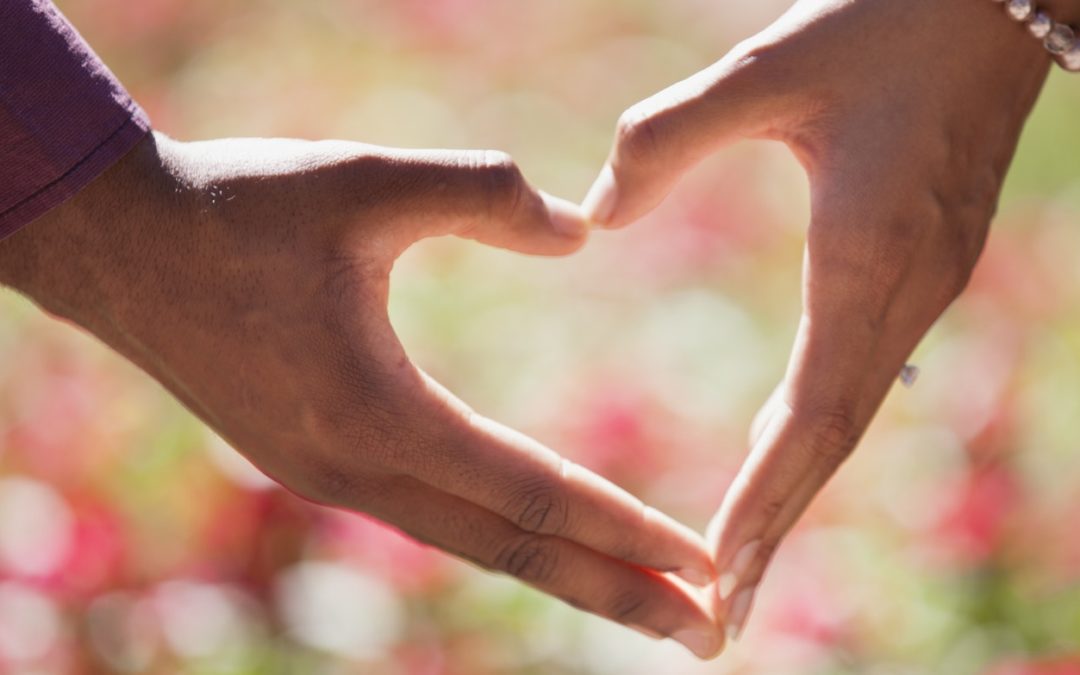Over the past decade, LGBT youth suicide has received national attention. And while this spotlight has produced incredible advocacy organizations and awareness, the reality of LGBT older adult suicide has largely been ignored even though individuals aged 45-64 have the highest rate of suicide, followed by elders 85+ (Woody, 2016).
The Problem
The topic of LGBT elder depression and suicide is certainly under-researched, especially in specific areas of the United States such as in rural communities. In general, it is known that factors often associated with aging such as disability and poor physical health lead to an increased risk of depression (Bajko, 2013). It is also known that there are many risk factors for depression that are experienced in greater numbers by LGBT older adults as compared to straight peers.
A 2011 federal study of LGBT elders over age 50 suggest that 60% of those surveyed live alone, 63% do not have a partner or spouse, and 40% do not have enough money to cover their basic needs (Bajko, 2013). Additionally, LGBT elders are 3-4 times less likely to have children to support them (as compared to straight peers), and they are more likely to be caregivers of their own parents, friends, and families of choice (Each Mind Matters). These statistics translate to higher rates of isolation, stress, anxiety, and poor mental health. Coupled with societal stigma, these factors put LGBT elders at greater risk for depression and suicidal ideation.
A recent survey of 616 LGBT San Francisco residents aged 60-92 found that 15% had seriously considered committing suicide within the last 12 months (Bajko, 2013). This harrowing statistic begins to show just how vast the problem is. The 2014 research study, “Physical and Mental Health of Transgender Older Adults: An At-Risk and Underserved Population” suggests that the problem is even greater among transgender and nonbinary elders who are at significantly higher risk for depressive symptoms and perceived stress (Fredriksen-Goldsen et.al, 2014). These risk factors result from a variety of sources such as internalized stigma, victimization, lack of access to health services, lack of a social support/community, and identity concealment.
Supporting Elders and Peers
Aging is process that is unique to everyone- there is no rulebook! Everyone starts to notice changes at different points. Aging brings about many challenges, but also provides new possibilities such as more time for hobbies, opportunities to socialize with friends, and the potential for self-expression. While depression doesn’t have to be a part of aging, it is important to know what to do if you or a friend are feeling depressed or suicidal.
The following is a list of dangerous symptoms and warning signs (Each Mind Matters):
- Easy access to a weapon/other lethal means coupled with depression
- Threatening suicidal speech
- Discussion of a detailed plan and intent
- Speaking of suicide if intoxicated or high
If any of these symptoms are present, do not leave the person alone. Remove lethal means if you are able to do so and call a lifeline, ER, crisis center, or 911 depending on severity.
Looking Forward
While depression may seem unavoidable, there are some simple activities you can do to combat it. The first is to connect with others! Whether this is taking a class, going to a social event, or making a phone call – connection can help combat isolation and loneliness. It is also helpful to move your body. This doesn’t mean running a marathon! Any amount of movement or exercise is important to both the mind and body.
It is important to ask for help when you need it. Everyone needs help sometimes and there is nothing wrong with that! Another activity could be helping someone else – maybe through volunteering or perhaps a friend. Helping others can be mutually beneficial and fun. Lastly, tell your story. Every story is important and deserves to be told.
Resources
There are a variety of resources available if you or someone you know is experiencing depression or suicidal thoughts.
- LGBT National Senior Hotline
- 1-888-234-7243, email: Help@LGBThotline.org
- Monday-Friday, 4 pm-12 am, Saturday, 12 pm-5 pm
- Provides telephone peer support on topics such as isolation, relationships, bullying, family, and HIV/AIDS
- TRANS LIFELINE
- 877-565-8860
- 10 am-4 am EST
- www.translifeline.org
- Staffed by trans people for trans people
- National Suicide Prevention Lifeline
- 1-800-273-8255
- Free, Confidential, 24 hour
- William Way LGBT Peer Counseling
- 215-732-8255
- One-to-one, confidential, free of charge
- Monday-Friday, 6 pm-9 pm
- 1315 Spruce Street, Philadelphia, PA 19107
- LGBTPEERCOUNSELING@YAHOO.COM
- Counseling and Recovery Services through Mazzoni Center
References:
- LGBT Mental Health and Aging Support Guide:
- New Study: LGBT Seniors Struggle With Suicide:
- Physical and Mental Health of Transgender Older Adults: An At-Risk and Underserved Population:
https://academic.oup.com/gerontologist/article/54/3/488/717913
- Suicide and LGBTQ/SGL Older Adults :
https://www.sageusa.org/suicide-and-lgbtqsgl-older-adults/

